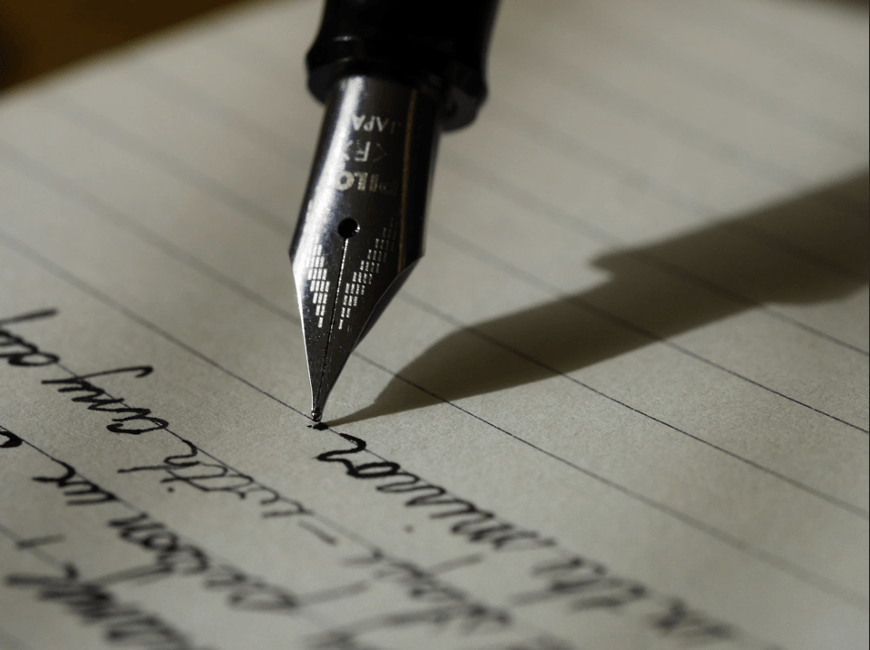Scientific writing has a reputation for having a serious tone. Its concise, detailed, use other published work as a reference, and its main audience is scientists or young scholars. However, even science readers want to be informed and entertained.
If a paper has a fun element and the main message connects with the reader, it’s more likely to be memorable. Besides, once you master the art of writing good scientific writing early, you will have created a solid foundation for composing any type of academic paper, which helps make your journey smoother. If you plan to take your scientific writing to the next level and increase the odds of getting published, use some of these tips.
Manhattan Book Group is a book publishing agency that can make your writing supreme with their editing services.
Tell a Story
As a scientist, your career depends on your publications. However, publishing in peer-reviewed journals or top-ranking scientific papers is tough. Only excellent scientific writing that is fascinating and triggers emotion has a high chance of getting accepted. One component that most read scientific journals have in common is telling a story. Writing as a narrative captures attention, creates vivid emotions, and makes the paper appealing to a bigger audience.
You can communicate scientific findings impartially and make the reader understand your main message with good storytelling. The trick to telling good stories, even in scientific writing, is to identify your target audience and their reading goals. Then craft a clear message that you want them to take away from your writing. Ensure your story has crucial components such as a strong opening, a challenge, climax, and resolution.
Read Previous Research
It’s essential to research and know-how your work fits into the existing literature. So before writing your paper, read laboratory manuals, perform a thorough literature search by reading journals, textbooks, and any scientific article that will give you background information. While conducting research, look for any knowledge gaps and take notes of key points to ensure your paper effectively builds on previous research.
Create Good Underlying Research Questions
Every scientific paper needs a research question that is interesting and important in academia. Your function as a writer is to use your writing to provide an answer that the reader wants to know.
Draft an Outline
Writing a scientific paper is a labor-intensive process that gets easier with an outline. It provides the right structure to follow and ensures only crucial points related to the topic and thesis statement are included. It organizes your thoughts, shows how ideas are related, and provides a smooth flow of information.
So start by writing out all the main points you want to include in your paper as short phrases, preferably in bullet points. Structure the content to have a beginning, middle, and end. Read the assignment instruction to see if any specific parts must be included. For example, some professors will require your science paper to have an abstract, table of content, and other sections such as methods, results, discussion, and literature review or theory. In case the teacher has not specified, most scientific papers have the following elements:
- Title
- Abstract
- Introduction
- Literature review
- Research method
- Results and analysis
- Conclusion
If you don’t know which structure to use, request assistance from a reputable essay writing service.
Use the Right Illustrations
Scientific writing tends to have a larger amount of data that needs to be presented to make the information easier to digest and appealing. Without the right illustration, a reader might get bored from reading large volumes of data covering several pages and even fail to understand what it means. There are several types of scientific illustrations, including:
- Tables
- Figures
- Pie Chart
- Infographics
- High-resolution images
If you intend to compare experimental results, presenting your data in the form of figures is the ideal choice. On the other hand, tables are great for giving actual experiment results, while Infographics explain complex data and help to compare and contrast several options.
Scientific illustrations make your work visually appealing. Whichever illustration you use, ensure it’s self-explanatory.
Revise Several Times
Students make the mistake of believing that their first draft is the final version. However, part of writing an excellent scientific paper is knowing that the first draft will have several iterations to remove errors that lower the quality of the article.
Submitting a task with several mistakes automatically translates to a poor grade or rejection and redoing the whole thing. Since writing a lengthy academic paper can take several months of intense work, don’t waste all that time and energy by refusing to do a thorough review.
Set ample time aside, preferably weeks after completing the writing process, and give your work a thorough edit. Apart from grammar, examine the structure, thesis statement and ensure the references are formatted correctly to eradicate unintentional plagiarism.

